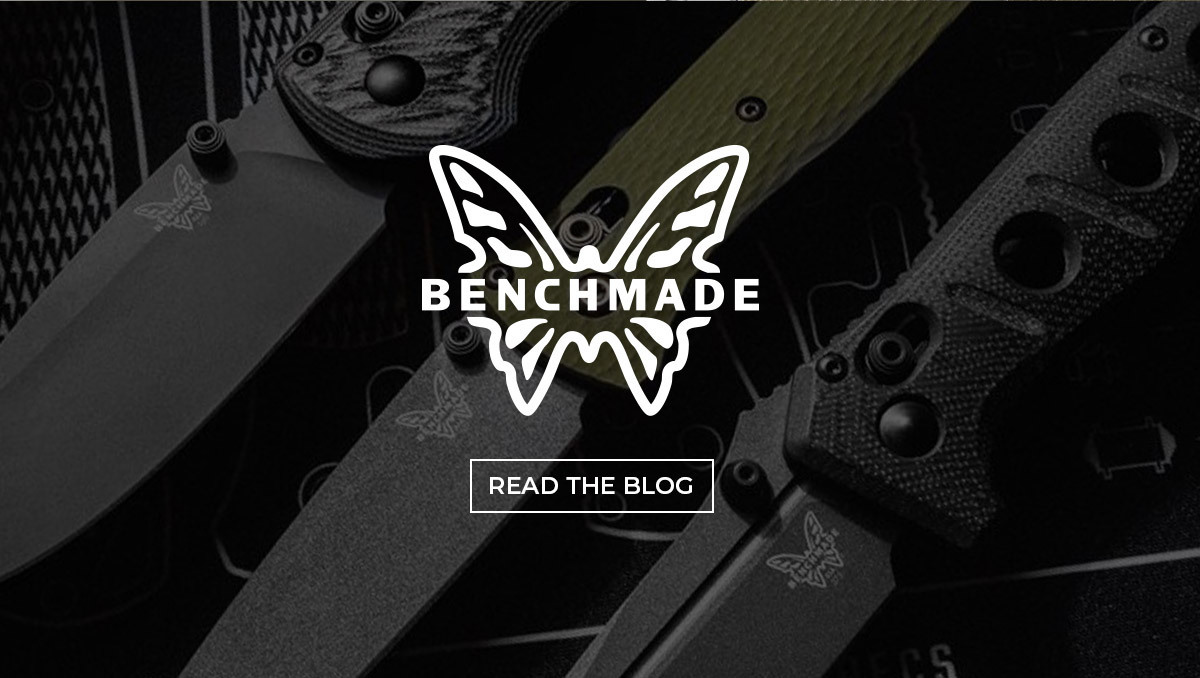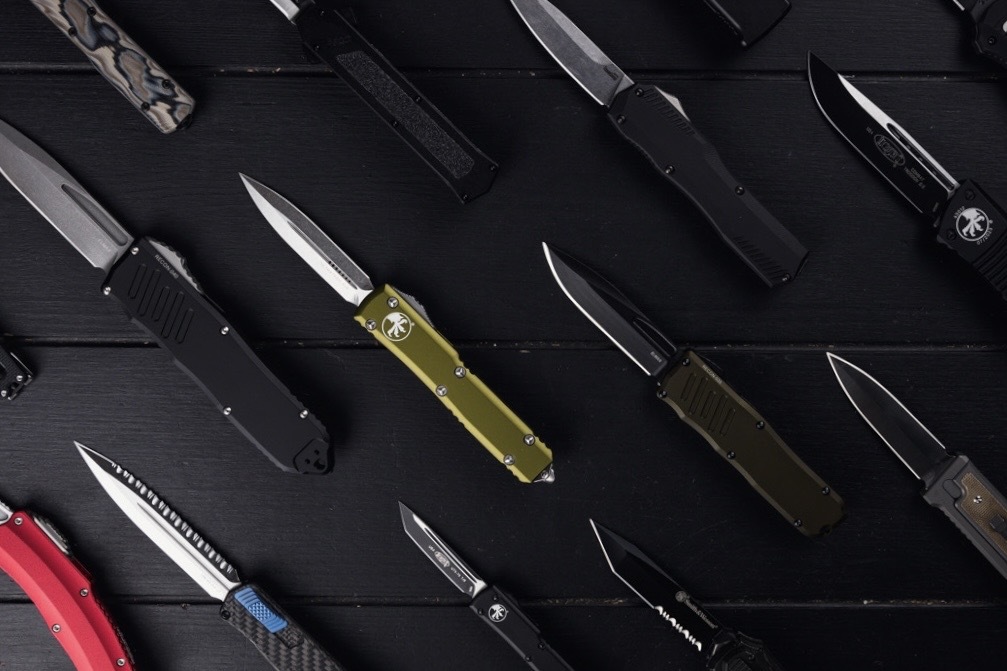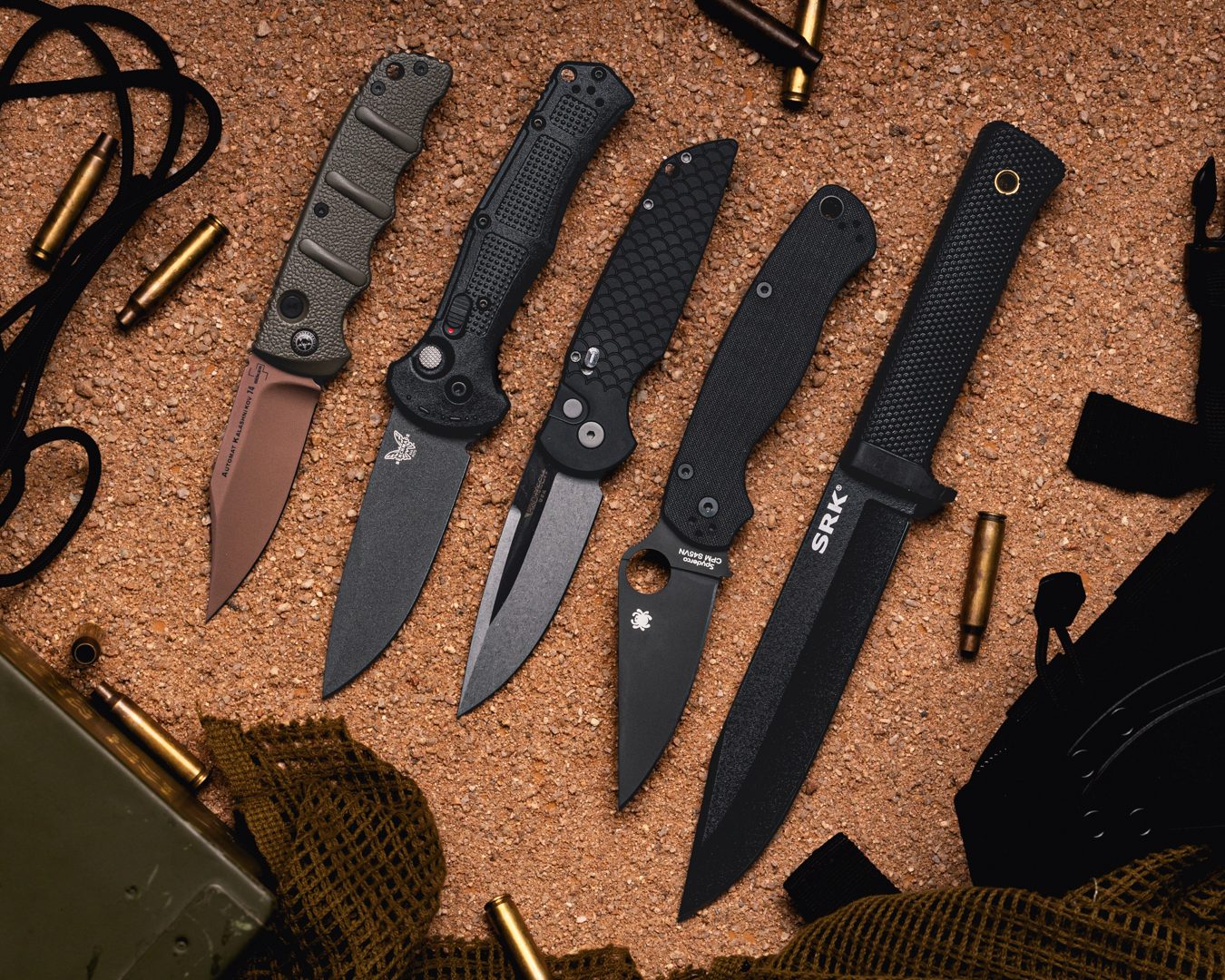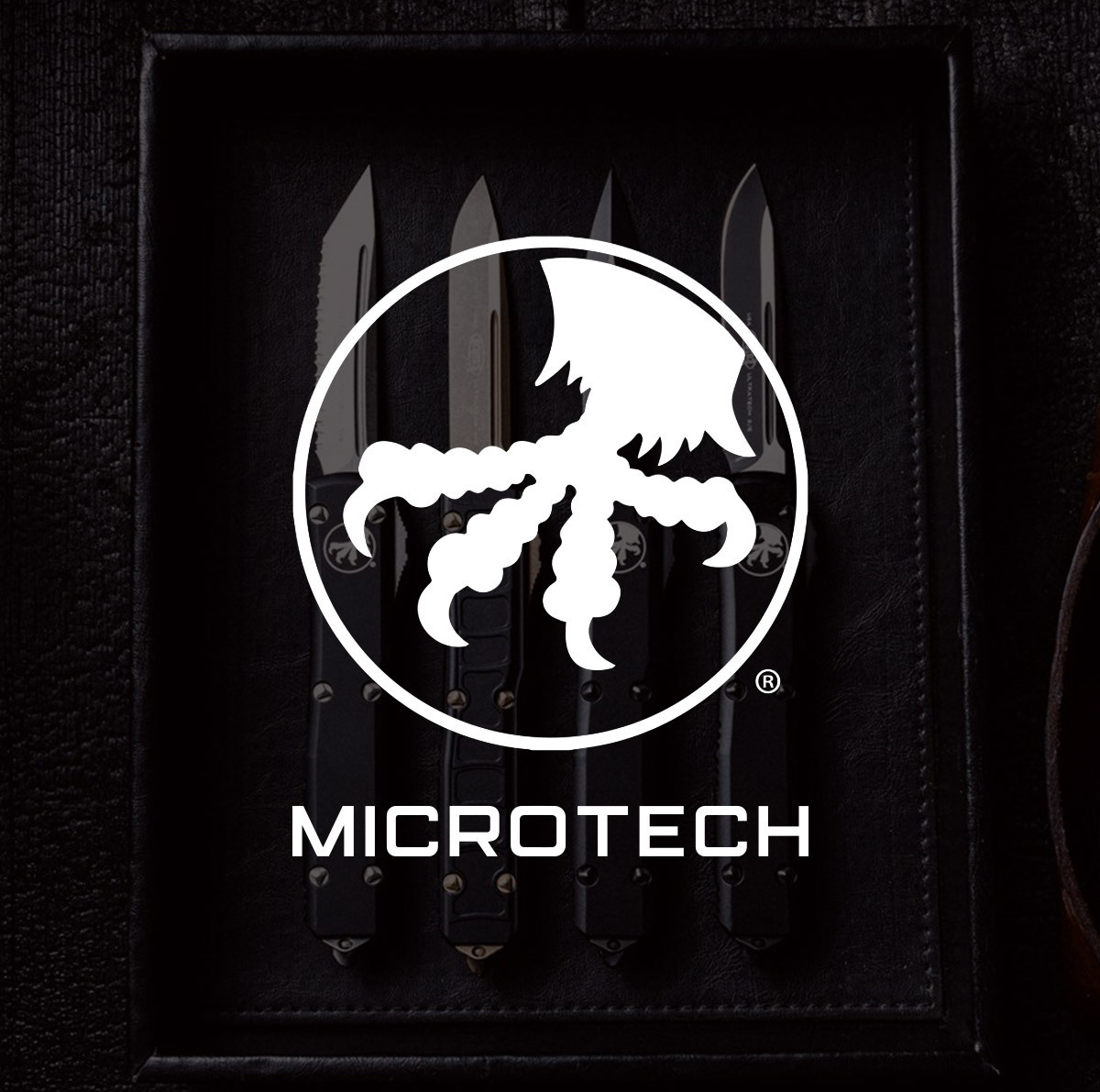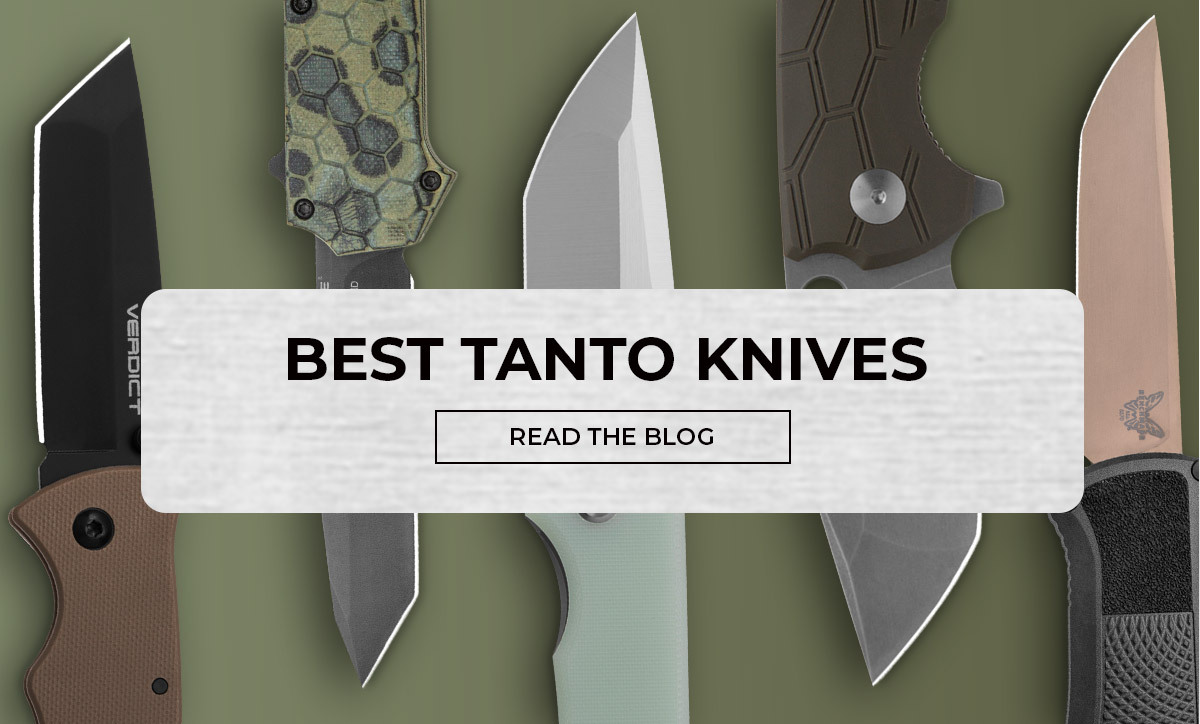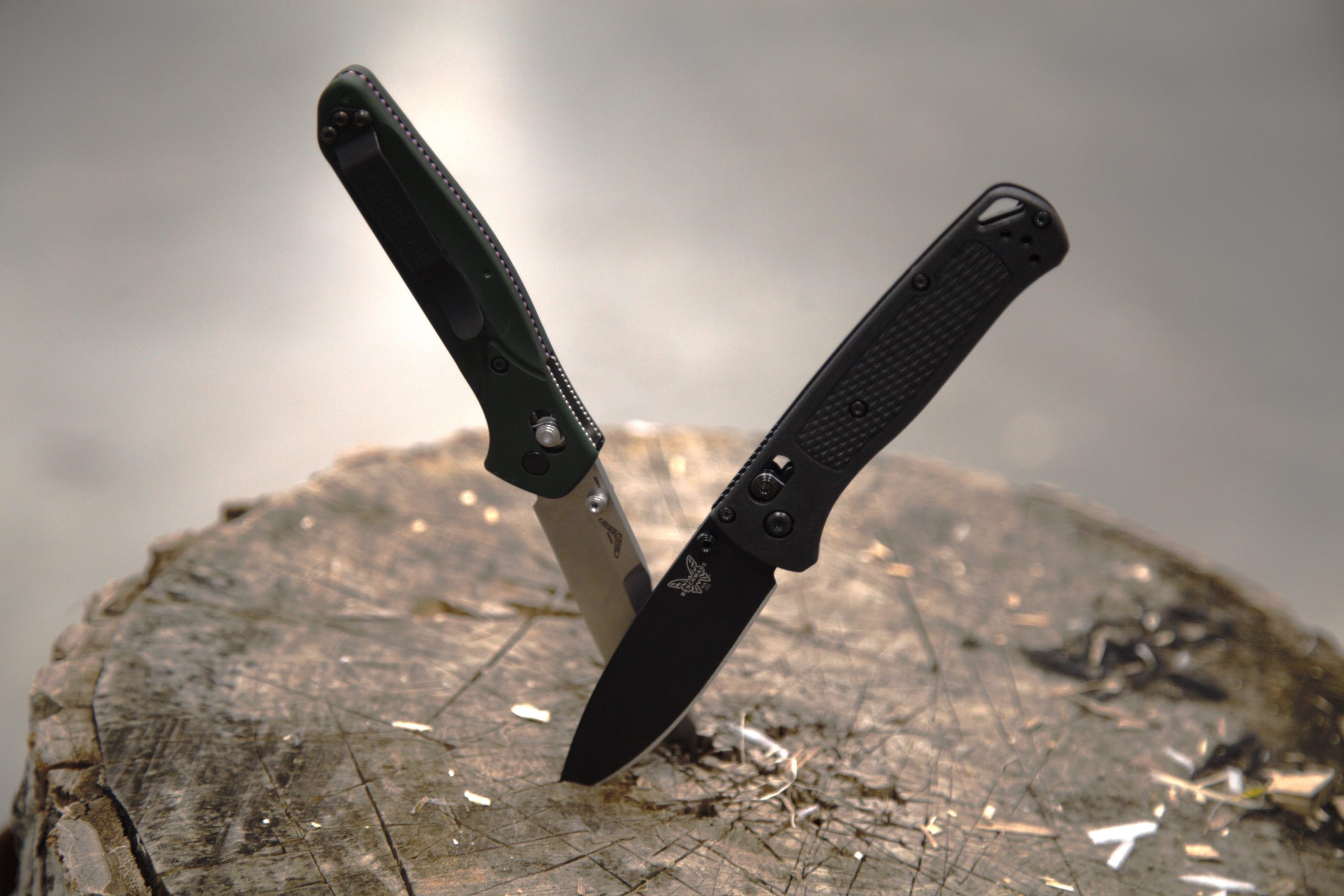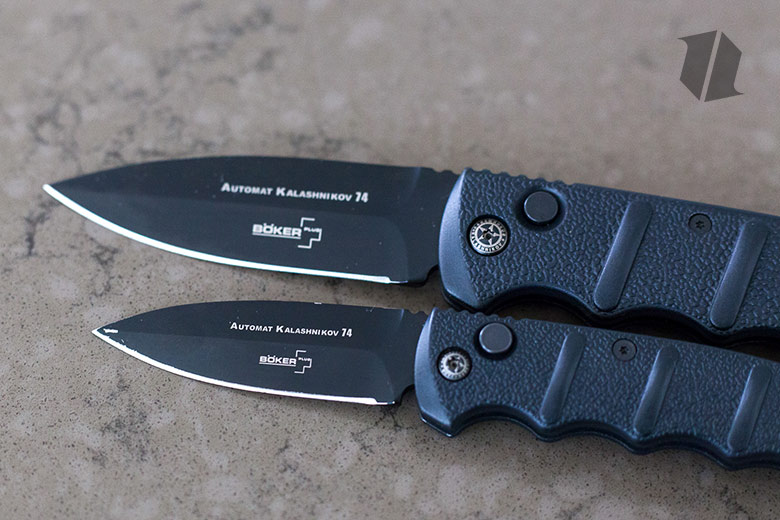
S90V, 440A, S35VN, 8Cr13MoV, D2, 154CM, AUS-8, Damascus, 1095, Bohler M390—when it comes to knife steel, there are enough options to make your head spin. Each type is a careful balance of iron with carbon and other elements, finely tuned to maximize specific characteristics. There is much debate as to which steels are the “best,” and it isn’t always clear who the winners are. What is clear is that knife guys tend to be pretty picky about their steel.
But, have you ever considered whether being a steel snob is worth it?
Before we answer that question, let’s talk a little steel science.
First of all, I’m not a chemist, metallurgist, or bladesmith, so this is going to be a very surface-level overview. If you really want to know all the nitty-gritty details about different types of steel, there are a lot of black holes on various knife forum threads you can get lost in. Make sure you have plenty of food and water stocked up before you do—you’re going to get buried and not reemerge for a very long time.
Knife Steel Basics
Essentially, all steels begin with iron and carbon. The ratio of carbon to iron affects the behavior of the steel under certain circumstances or during certain activities, as does the addition of various other metallic elements like chromium, molybdenum, nickel, and vanadium—just to name a few. The combinations of these various elements impacts characteristics such as strength, ductility, sharpness, toughness, edge retention, wear and corrosion resistance, etc.
Generally speaking, a single steel cannot possess all these characteristics at once. Increasing one usually comes at the expense of another. Hardness and toughness are a good example of this.
Hardness refers to a steel’s ability to resist deformation. If you want to go to town batoning some wood with your knife, you’ll probably want a steel that rates fairly high on the hardness scale. However, the harder the steel, the more likely it is to chip and fracture. Tough steel, on the other hand, can generally absorb a decent amount of force without breaking, but it will likely lose its edge faster and need more time on your knife sharpening system.

Which means that any one characteristic is not necessarily better than another. The intended use of the knife determines which steel type is best for you.
The goal for many production knife manufacturers is to create a steel that is the best of both (or all) worlds. Hard, but also tough. Retains an edge, but isn’t too difficult for knife sharpeners. Resists both wear and corrosion. The problem is, the more complex the steel alloy, the more challenging it is to produce and work with, which drives up the price of these higher-end steels—and no matter how fancy the steel, there is always going to be a slight trade-off between one characteristic and another.
So. Is being a steel snob a good thing, or should you make room for more—ahem—affordable options in your collection?
Let’s compare the pros and cons of steel snobbery.
Knife Steel Snob Pros
1. Get a knife you know will perform

You may be eating ramen noodles for the next couple months, but you have a killer blade with steel that you know will stand up to the test of time. You’re unlikely to have buyer’s remorse when you invest in a knife with premium materials. It will do its job well every time you use it, which makes for a very happy knife carrier. See our Benchmade 940 review to see our tests on the knife pictured.
2. Smarter buying

The more you know about steel types, their best applications, and your own needs, the better prepared you’ll be to make the best choice when buying a knife. You’ll also know when a knife is worth its price tag. A dude who doesn’t really know or care about knife materials may find that he keeps forking over good money for blades that let him down.
3. Have the best knife in the room

Be honest. The look on your buddy’s face when you unleash that beautiful Bohler M390 blade is priceless.
Knife Steel Snob Cons
1. Always feel like you’re settling

When you’re super picky about your steel, it’s easy to feel like nothing will ever be quite good enough. And when a manufacturer releases your favorite model in an upgraded steel two weeks after you dropped $300 on your current EDC, you’ll feel jipped. That’s if you can even make up your mind between two comparable steels in the first place.
2. Miss out on good knives—and good times
Have you ever delayed going somewhere, doing something, or accomplishing a certain task because you were convinced you “needed” a certain tool to do it? Cheaper steels may not perform every task well, but you can still do a lot with 8Cr13Mov. Don’t miss out on having fun with a knife that gets the job done because you’re chasing something else.
Ben and Zac show us how it’s done in this episode of Knife Banter. Check it out!
Yeah. Premium steels don’t have a monopoly on a good time.
3. No money and no girlfriend

Just kidding on the girlfriend. But seriously, when you’re constantly saving up for the next $400 must-have knife, there isn’t a whole lot of room for anything else in your life. We definitely favor having knives and a life.
And a girlfriend.
Knife Steel Snobbery—the Takeaway
So, what’s the verdict? At the end of the day, there isn’t really one (bet you couldn’t see that coming). Premium steels definitely have their place, but so do cheap steels. The next time you’re looking for a new knife, think about what you’re going to use it for and consider whether you really need to trade your kidney for the fanciest thing out there.
What do you think? Is the hype surrounding expensive steels valid, or does the knife community get way too hung up on steel type? Let us know in the comments.
